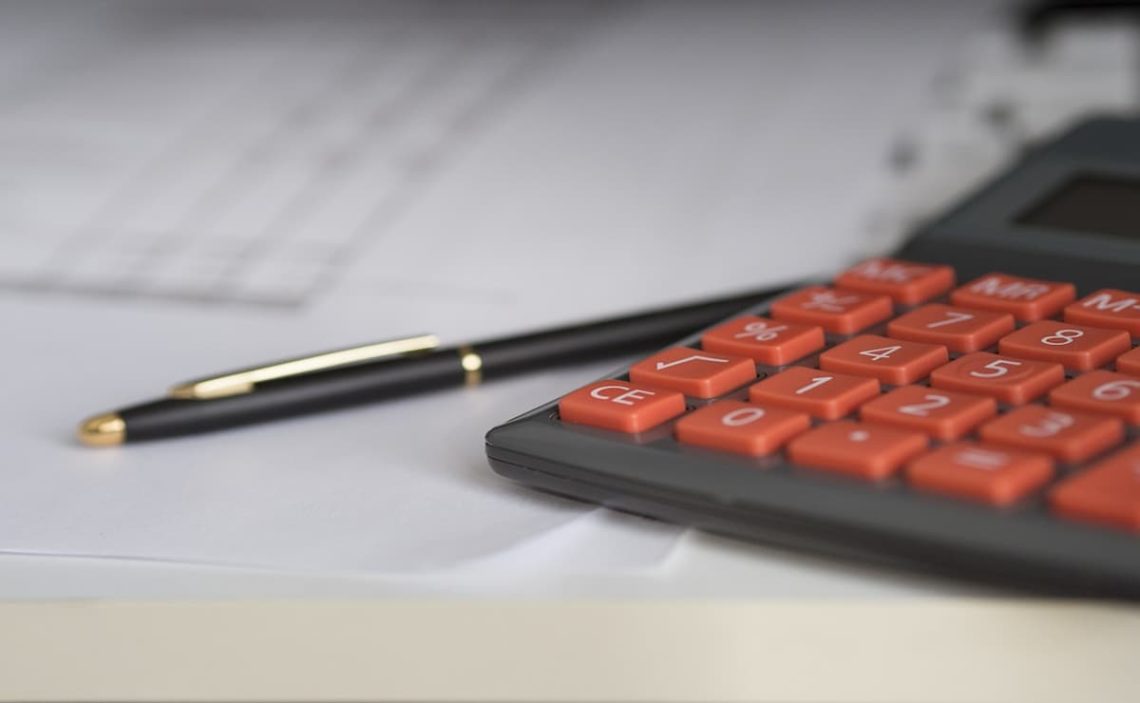The use of average total assets is intended to assess the effectiveness of investment decisions and actions as well as financial processes. Moreover, it can provide good information on areas for improvement in operations and help to make decisions on strategies to improve the company’s performance.
Let’s learn more about average total assets, why they are important, and the formula for calculating them.
What is an average total asset?
The simplest definition of an average total asset is the sum of all assets representing the current and previous years.
Companies will compare the average asset value to the total sales value over a given period. From this comparison, information such as the number of assets needed to support subsequent business actions can be derived.
Although we can apply different formulas, the most common would be to add the current year’s total assets plus the previous year’s total assets and divide them by two.
When calculating average assets, it is important to keep in mind that, in the balance sheet, when determining total values, terms such as:
- Cash and cash equivalents
- Invoices and accounts receivable
- Return on investment
- Capital gain
- Sales revenue
- Deposits (from customers)
- Inventories
- Real estate and equipment, and supplies
- Trademarks, patents, or copyrights
Why are they necessary?
Average total assets are considered a fundamental element in different aspects of the company. First, they are very effective in improving the understanding of the efficiency of asset reinvestment for business processes. That is, for sales decision-making.
Usually, it is understood that a low average total asset value concerning sales figures translates into high efficiency in asset allocation.
On the other hand, if the average total asset value is high, it may indicate that the company is not performing well in reinvesting assets allocated to commercial activities.
A good understanding of total assets through the enterprise is often considered a good way to plan, develop, and improve efficiency. That is directly related to improving profitability and increasing revenue.
On the other hand, the value obtained from total assets is always used for different metrics. For example, it is used in calculating debt to asset ratio and asset turnover ratio. Another example would be how it is used to locate the return on average assets in evaluating the company’s profitability and overall financial position.
How is the calculation made?
The calculation of average total assets requires a series of steps that will help determine the result:
How much are the real assets for the current period?
The total assets for the current period must be located on the balance sheet. If you calculate the average total assets for six months, the total assets for the current year correspond to those you have at the time of the calculation.
What are the total assets for the previous year?
That information usually appears on the company’s income statement as the income earned in the previous year.
Add the two values obtained
In this step, it will be necessary to add the current year’s total assets to the previous year’s total assets.
Dividing the sum
The sum obtained in the previous step is divided by two. The figure obtained is the one considered as average total assets.
For example, let’s assume that a company had total assets of $1,000,000 in the current fiscal year. Last year’s total assets were $750,000. The formula will arise from adding the two items together and dividing by two, i.e., 1,700,000/2 = 850,000.
Therefore, in this example, the average total assets would be $850,000.
It is very important to note that accurate calculations are required. Using incorrect data will corrupt the result, making it ineffective and impractical for your application.
On the other hand, the idea of the application can also be broaden. For example, companies’ commercial teams can obtain valuable information to improve their strategies.
Moreover, before making any reinvestment in sales strategies, making correct asset allocations is basic. Therefore, this is a really important piece of information.


